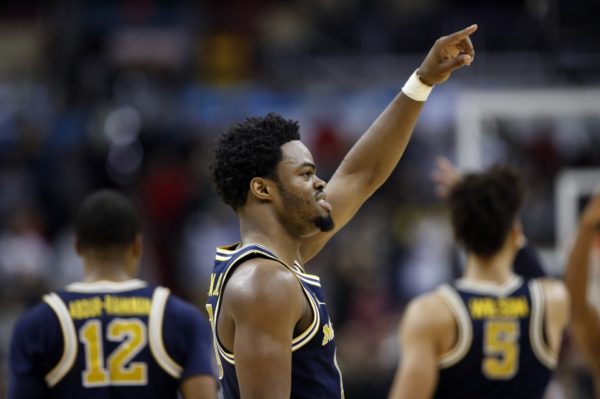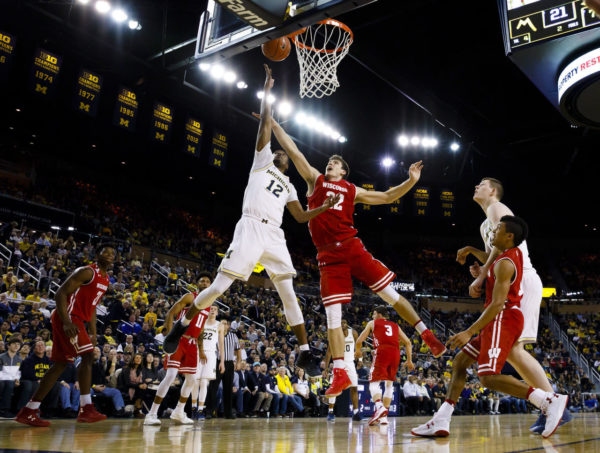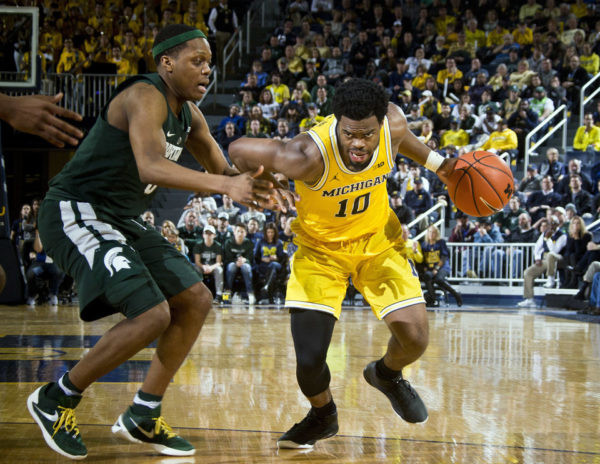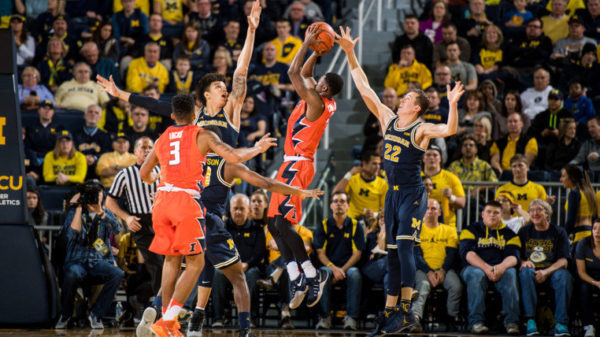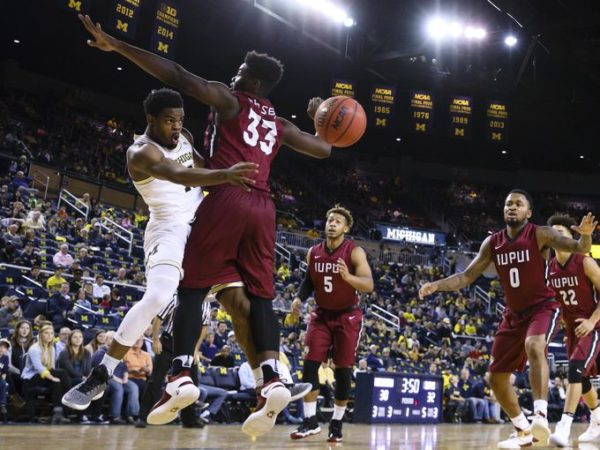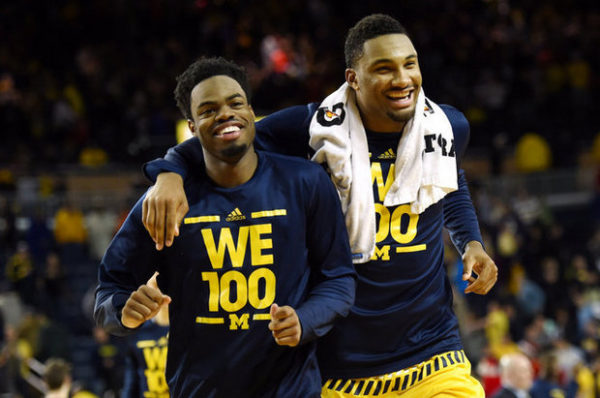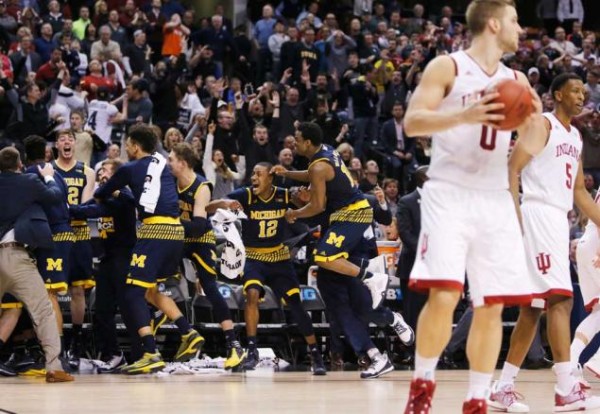Rushed Reactions: Michigan 71, Wisconsin 56
Posted by Chris Stone on March 12th, 2017RTC’s Chris Stone (@cstonehoops) is providing on-site coverage of the Big Ten Tournament in Washington, DC.
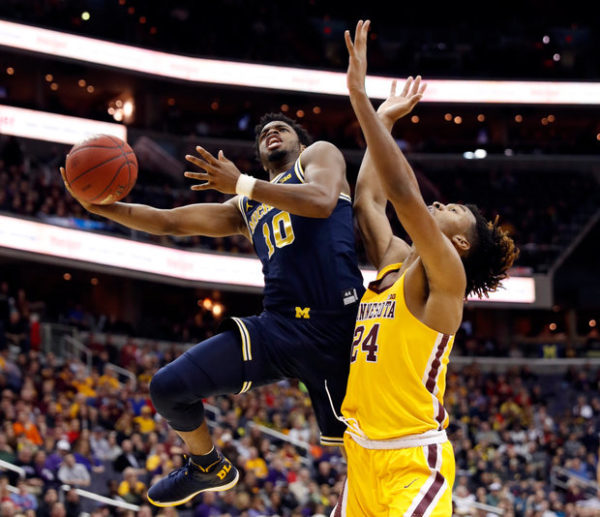
Derrick Walton Jr. led Michigan to a Big Ten title. (AP)
Three Key Takeaways.
- Michigan didn’t look like the tired team. If you asked a neutral observer with no knowledge of prior events which of these two teams had played four games in four days, the answer probably would have been Wisconsin. In the first 10 minutes of the second half, however — a time when you might expect Michigan’s weariness to show — the Wolverines went on a 13-4 run while the Badgers sputtered. During that stretch, Wisconsin shot 1-of-10 from the field and committed five turnovers. It helped Michigan open up the lead that carried them to victory.
- Zak Irvin showed up huge. The Michigan senior was hyped during the team’s warmups and he delivered a magnificent performance to back up his talk. Irvin finished with 15 points, seven rebounds and five assists, including a backbreaking three-pointer with 5:46 remaining. Irvin’s three followed a five-point Wisconsin run that forced a John Beilein timeout and briefly quieted the largely pro-Michigan crowd. The scary thing about the Wolverines is that they have so many pieces who can heat up in a hurry. Irvin came up big for them today.
- This was not Ethan Happ’s best day. Early on in conference play, Happ looked like a serious contender for Big Ten Player of the Year, but Happ’s candidacy went with it as the Badgers suffered a late season slide. The Wisconsin sophomore is a great talent who does a bit of everything, but Sunday simply wasn’t his day. Happ ended up with a double-double (14 points, 11 rebounds), but really struggled to score efficiently around the rim. He finished 6-of-16 from the field and most of his misses came in the paint.
Star of the Game: Derrick Walton Jr., Michigan. Irvin was excellent, but so was Walton for the second day in a row. The senior finished with 22 points, seven assists, six rebounds and two steals en route to the tournament title. Walton was once again terrific in directing traffic and if anyone leads the Wolverines on a March run, it will be him.





























